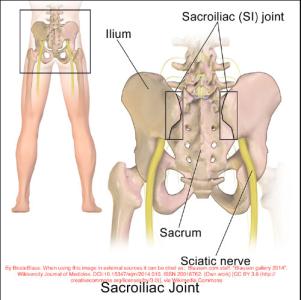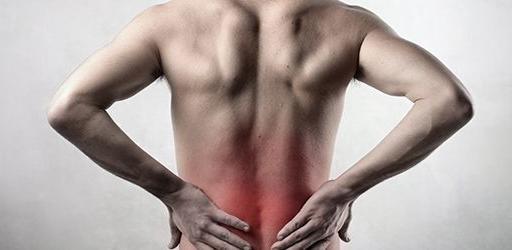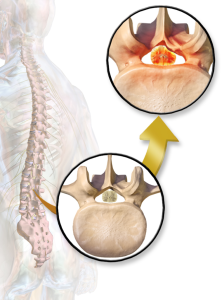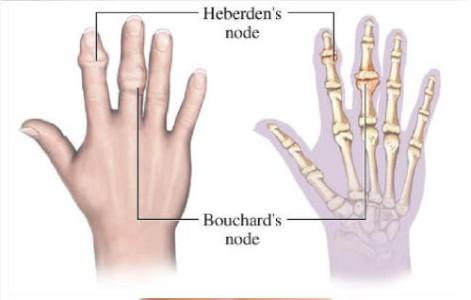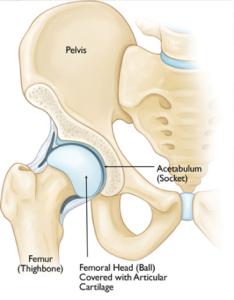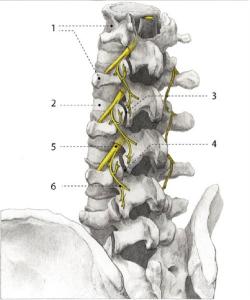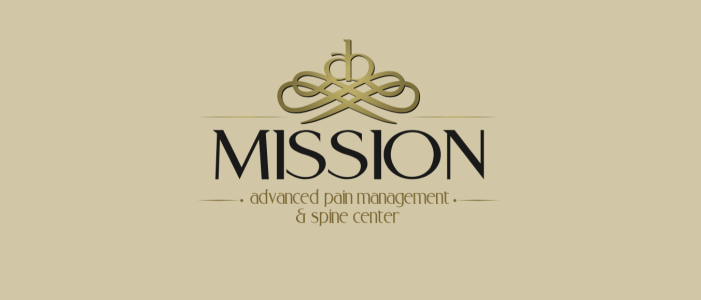Degenerative Disc Disease Basics and Facts
Degenerative disc disease (DDD) affects us all. It is a natural process of aging similar to arthritis.
The process of degeneration typically begins in your teens so in general, everybody has some type of degenerative disc disease even if you have no back pain. Certain things can make your discs degenerate faster.
Genetics plays an important role but the number one preventable risk factor is smoking. This can increase the rate of degeneration by 3-4 times more than that of a nonsmoker.
Herniated Disc, A Slipped Disc or Ruptured Disc Basics:
Also referred to as a slipped disc or ruptured disc, a herniated disc can occur anywhere in the spine. Most often, it occurs in the cervical spine (neck) or lumbar spine (lower back), typically causing “a pinched nerve.”
A herniated disc is a prevalent source of neck, arm, back, and leg pain is typically seen in adults between 30 and 50 years of age.
If you are experiencing pain or numbness in the neck, arm, hands, fingers, lower back, or leg, you could be suffering from a herniated disc. Our expert pain management doctor use innovative, most advanced procedures to accurately diagnose the source of your pain and safely, non-surgically, alleviate the excruciating pain caused by your herniated disc.
Degenration Vs Herniation
Degeneration:
Discs in between your spines acts like shock absorbers connecting the vertebral bodies (bones in your back) and cushion the impact between the bones when you walk, run, jump and during all your daily activities.
Discs are essentially fluid-filled structures, up to 80% water; the more fluid in the disc, the healthier it is and better the cushion in your spine.
Degeneration is the process of dryness and losing fluid in your discs. As the disc loses fluid, the disc decreases in height which can be a cause of spinal pain, and it is then called Discogenic Pain. In some cases as the disc “dries”, it can crack very similar to mud when it dries. This crack, also known as a tear, can be a source of pain when the fluid inside of the disc leaks out of the crack and irritates the surrounding nerves in the disc and the spine. This can occur over time but can also happen acutely. Degeneration can be seen by X-rays but more precisely by MRIs.
Disc Herniation:
Discs are soft, rubbery pads or cushions located between the bony vertebrae that make up the spinal column. Composed of a thick outer ring of cartilage (annulus) and an inner gel-like substance (nucleus), discs allow the back to bend and also act as shock absorbers. The spinal column surrounds and protects the spinal cord and nerves. In some cases the outer ring of the disc can crack. This crack, also known as a tear, can be a source of pain when the inner substances of the disc leaks out of the crack and irritates the surrounding nerves in the disc and the spine.
Irritation of the nerves can occur mechanically by simply applying pressure on the nerves, even slight amounts of pressure can cause pain, numbness, or weakness.
Also chemically, the substances that leaks out of the disc starts an inflammatory process around the nerves that results in similar symptoms as the mechanical pressure.
A common example is the herniated disc in the lower spine that can put pressure on the sciatic nerve, and precipitate the very famous sciatica. The sciatic nerve is comprised of several spinal nerve branches as they travel from the spine down the length of the leg. When pinched, sciatic pain may be experienced anywhere along these branches, radiating from the buttocks down the back of the leg and sometimes through the shin and foot. Often, leg pain occurs without any back pain.
Up to 90 percent of patients with herniated discs can be successfully treated without surgery.
Degenerative changes to the discs are inevitable causing the discs to become less pliable and more susceptible to wear and tear. However there are clear conditions that can further weaken or damage your discs include:
- Heavy or incorrect lifting
- Repetitive twisting movements
- High impact athletic activities
- Smoking (Number one preventable risk factor)
- Excessive body weight
- Traumatic injuries
Herniated Disc Symptoms & Diagnosis:
Symptoms of degenerated and herniated discs can be different depending on where the injured disc is located. Low back pain and/or leg pain (sciatica) are the most common symptoms of a herniated disc in the lumbar (lower) spine. Pain may vary from mild to severe. Symptoms may be experienced suddenly or gradually and may also include:
- Pain in both legs
- Burning, tingling (a “pins–and–needles” sensation), or numbness in the buttock, leg, or foot
- Pain with specific movements, usually bending forward or twisting
- Intensified pain with prolonged sitting, bending, sneezing, or coughing
- Weakness in one or both legs
- Loss of bladder or bowel control (note that this is rare)
Please keep in mind that just because you have been diagnosed with one of the above conditions by an imaging study, it does NOT mean that it is the actual source of your pain **
To support this fact, John Hopkins University did a study. It offered “free” MRIs of the low back to 100 middle-aged people who had NO pain. Almost 70% of these individuals had an abnormal finding. This proves that the most important part of finding the source of your pain does not come from any study but comes from being thoroughly evaluated by an experienced spine specialist. A study is only as good as how it supports your symptoms. At MAPMSC, we treat you not your MRIs.
Accurately determining the correct source of your Pain is critical to Successful Treatment
How do I know if my condition is an Emergency and that I need to go straight for surgical intervention?
It is NOT common, and usually it occurs in accidents and emergency situations. If you are experiencing any of what we call the “Red Flags”: Sudden weakness in your motor function, Loss of consciousness, Loss of bowel or bladder control. You will need to be evaluated in the nearest Emergency Room to you.
Remember, up to 90 percent of patients with herniated discs can be successfully treated without surgery. At MAPMC we are following an urgent care facility model, and we ensure your needs are met without any delay.
After being evaluated by our spine specialist, we will be able to determine if you need to be rushed for a surgical opinion. Give us a call today to schedule your appointment ASAP.



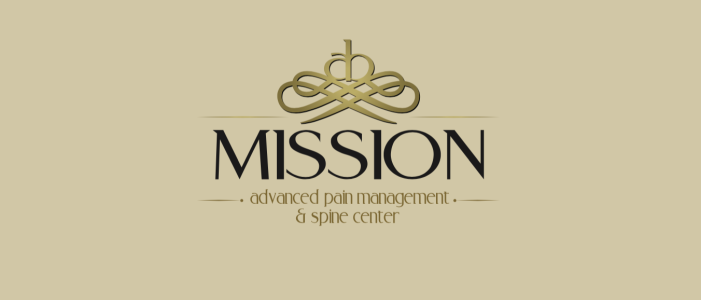
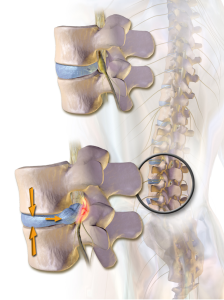
![By James Heilman, MD (Own work) [CC BY-SA 3.0 (http://creativecommons.org/licenses/by-sa/3.0) or GFDL (http://www.gnu.org/copyleft/fdl.html)], via Wikimedia Commons](/assets/components/phpthumbof/cache/vcfrac3.25c355a85cb0101f004729be8d39bec3203.jpg)
